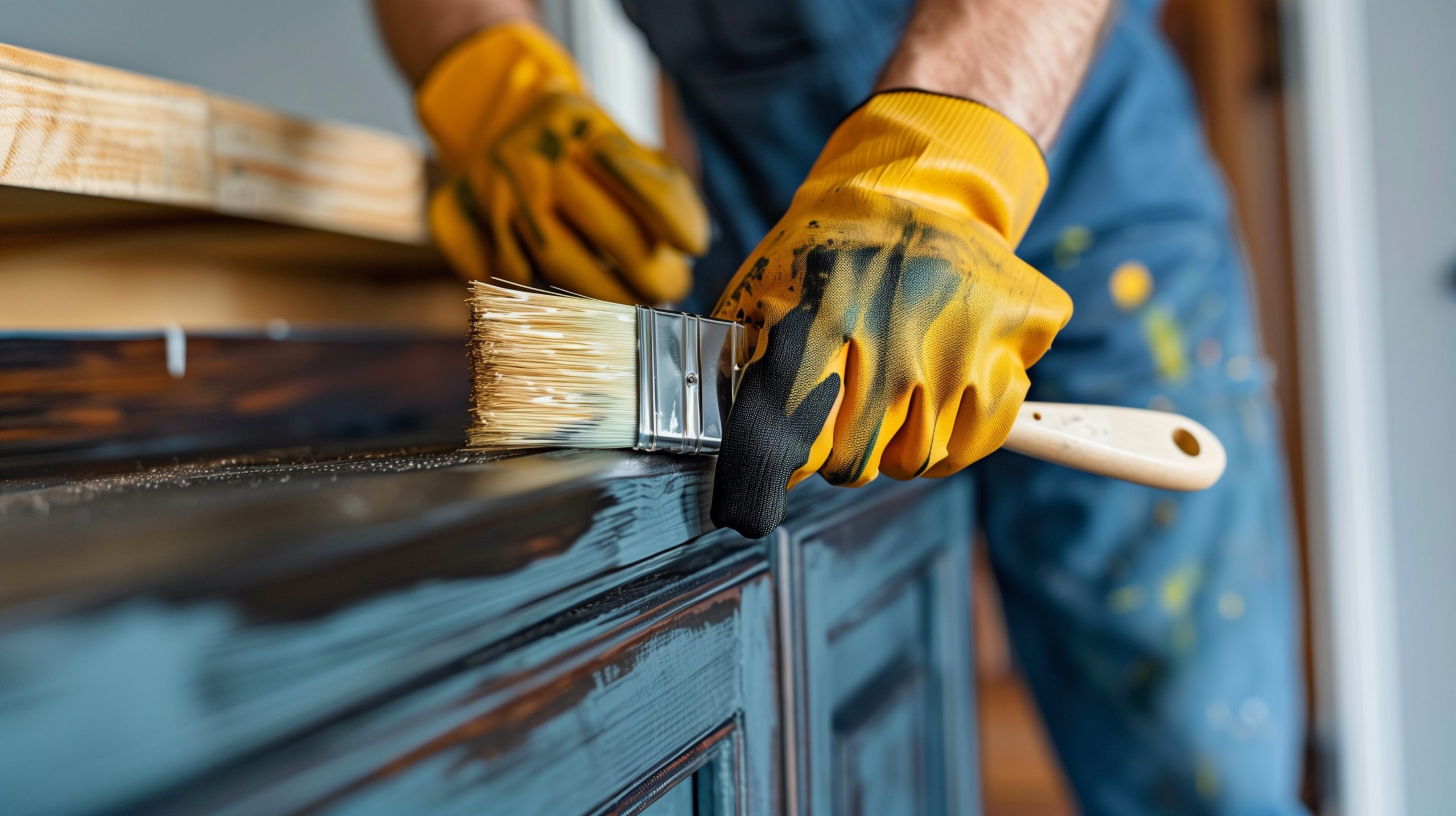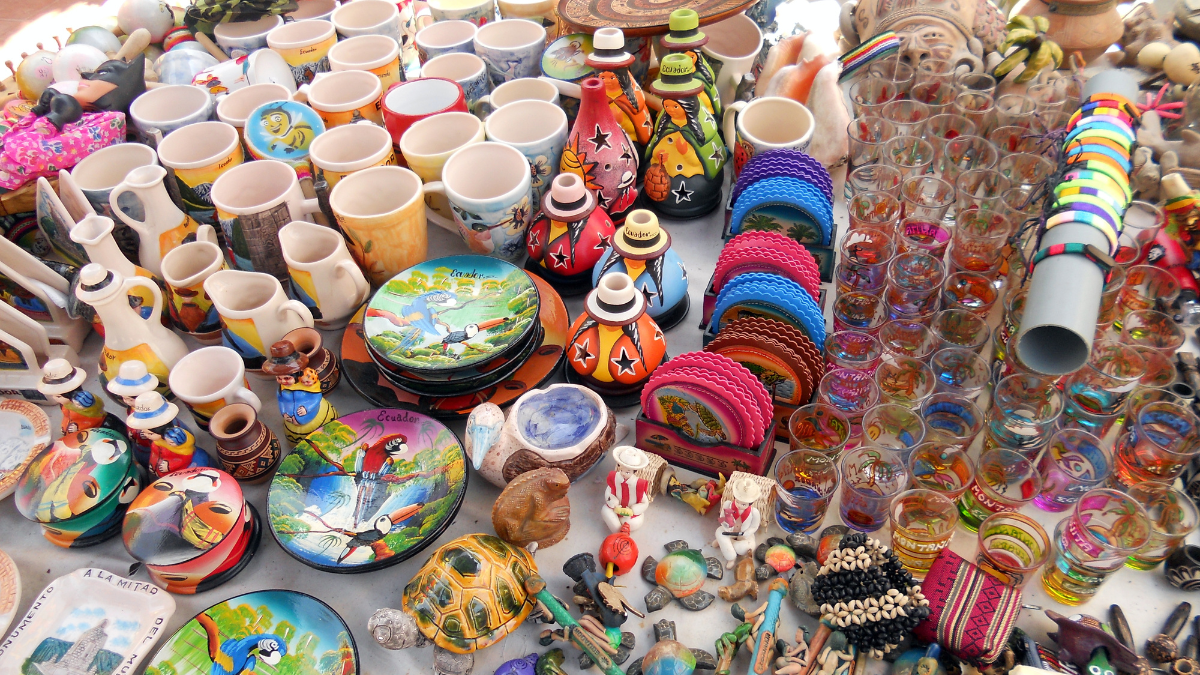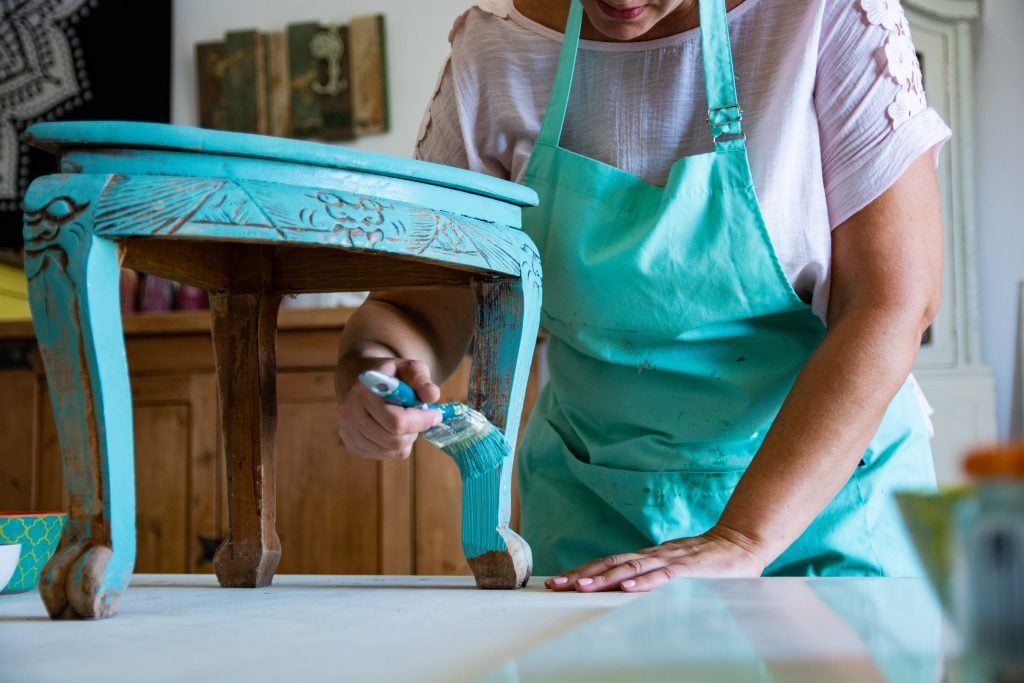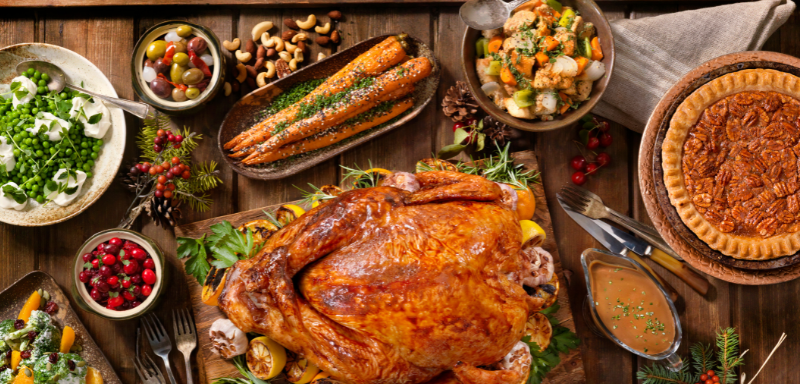Handwerk
Nachhaltige Handarbeit: 101-Leitfaden
Entdecken Sie nachhaltige Handwerkstechniken wie Upcycling und natürliches Färben, um einzigartige, umweltfreundliche Artikel herzustellen und gleichzeitig lokale Handwerker zu unterstützen und Abfall zu reduzieren.
WERBUNG
Einführung in nachhaltiges Handwerk

Nachhaltige Handarbeit ist mehr als ein Trend; sie ist eine Bewegung hin zu bewusstem Schaffen. Dabei wird Wert auf die Verwendung recycelter und umweltfreundlicher Materialien gelegt, um Abfall zu reduzieren.

DIY-Heimdeko
Verwandeln Sie Ihr Zuhause mit DIY-Dekorationsprojekten für jeden Raum. Entdecken Sie kreative und kostengünstige Möglichkeiten, Ihren Raum mit handgefertigten Akzenten zu personalisieren.
Kunsthandwerker können wunderschöne, einzigartige Gegenstände herstellen, indem sie nachhaltige Verfahren anwenden und gleichzeitig ihre Umweltbelastung minimieren. Lassen Sie uns diesen umweltbewussten Ansatz des Handwerks näher betrachten.
Nachhaltige Handwerkstechniken
Nachhaltige Handwerkstechniken sind vielfältig und innovativ. Dazu gehören Upcycling, natürliches Färben, umweltfreundliche Papierherstellung, Zero-Waste-Nähen und natürliches Weben.
Diese Methoden reduzieren nicht nur Abfall, sondern fördern auch Kreativität und Einfallsreichtum. Jede Technik bietet eine einzigartige Möglichkeit, Materialien in schöne, funktionale Gegenstände zu verwandeln.
Durch die Anwendung dieser Techniken können Handwerker zu einer nachhaltigeren Welt beitragen und umweltfreundliche und ästhetisch ansprechende Gegenstände herstellen.
Upcycling
Beim Upcycling werden Abfallmaterialien in neue, wertvolle Gegenstände verwandelt. Es ist eine kreative Möglichkeit, Abfall zu reduzieren und weggeworfenen Gegenständen neues Leben einzuhauchen.
Suchen Sie zunächst nach Gegenständen, die wiederverwendet werden können. Aus alten Jeans lassen sich Tragetaschen machen, aus Glasflaschen Vasen und aus Holzpaletten Möbel.
Der Schlüssel zum erfolgreichen Upcycling liegt in der Vorstellungskraft. Betrachten Sie Alltagsgegenstände aus einer neuen Perspektive und überlegen Sie, wie sie neu erfunden werden können.
Upcycling reduziert nicht nur Abfall, sondern führt auch zu einzigartigen, einmaligen Kreationen. Jeder Upcycling-Artikel erzählt eine Geschichte und trägt eine persönliche Note.
Durch Upcycling tragen Sie zu einer Kreislaufwirtschaft bei, in der Materialien kontinuierlich wiederverwendet und umfunktioniert werden, wodurch der Bedarf an neuen Ressourcen reduziert wird.
Natürliches Färben
Beim natürlichen Färben werden Stoffe und Fasern mit pflanzlichen Materialien gefärbt. Es ist eine umweltfreundliche Alternative zu synthetischen Farbstoffen und erzeugt wunderschöne, erdige Farbtöne.
Natürliche Farbstoffe können aus Materialien wie Zwiebelschalen, Avocadokernen, Kurkuma und Indigo hergestellt werden. Jedes Material erzeugt eine einzigartige Farbe.
Um Stoffe zu färben, kochen Sie die Naturmaterialien, um den Farbstoff zu extrahieren, und legen Sie den Stoff anschließend in das Färbebad. Der Vorgang ist einfach und lohnend.
Natürliches Färben liefert atemberaubende Ergebnisse und verbindet Sie mit traditionellen Handwerksmethoden. Es ist eine Möglichkeit, die Natur und ihre lebendige Farbpalette zu ehren.
Experimentieren Sie mit verschiedenen Materialien und Techniken, um eine Reihe von Farben und Mustern zu kreieren. Natürliches Färben ist eine Reise der Entdeckung und Kreativität.
Umweltfreundliche Papierherstellung

Handgeschöpftes Papier kann aus recycelten Papierresten und Pflanzenfasern hergestellt werden. Diese Technik reduziert Abfall und erzeugt schönes, strukturiertes Papier.
Um umweltfreundliches Papier herzustellen, mischen Sie Recyclingpapier mit Wasser zu einem Brei. Verteilen Sie den Brei auf einem Sieb, um Papierbögen zu formen.
Fügen Sie dem Zellstoff natürliche Materialien wie Blütenblätter, Blätter oder Samen hinzu, um ihm mehr Struktur und ein interessantes Aussehen zu verleihen. Jedes Blatt Papier ist ein Unikat.
Die umweltfreundliche Papierherstellung ist ein achtsamer und meditativer Prozess. Sie ermutigt Sie, innezuhalten und die Schönheit handgefertigter Kreationen zu schätzen.
Verwenden Sie das handgeschöpfte Papier für Karten, Tagebücher oder Kunstprojekte. Es ist ein vielseitiges und nachhaltiges Material, das jeder Kreation eine persönliche Note verleiht.
Zero-Waste-Nähen
Beim Zero-Waste-Nähen geht es darum, Kleidungsstücke zu entwerfen, ohne Stoffabfälle zu produzieren. Es erfordert sorgfältige Planung und Schnittmustererstellung, um jedes Stück Stoff zu verwenden.
Beginnen Sie mit der Erstellung von Mustern, die wie ein Puzzle zusammenpassen. So stellen Sie sicher, dass beim Zuschneiden kein Stoff verschwendet wird.
Verwenden Sie Stoffreste für kleinere Projekte wie Accessoires oder Patchworkdecken. Jedes Stück Stoff kann wiederverwendet werden.
Zero-Waste-Nähen fördert Einfallsreichtum und Kreativität. Es fordert Sie heraus, Design und Konstruktion anders zu betrachten.
Durch die Anwendung von Zero-Waste-Nähtechniken tragen Sie zu einer nachhaltigeren Modeindustrie bei und reduzieren die Umweltbelastung durch Textilabfälle.
Natürliches Weben
Beim Naturweben werden Gräser, Schilf und Pflanzenfasern zur Herstellung gewebter Gegenstände verwendet. Es handelt sich um eine nachhaltige und traditionelle Handwerksmethode.
Ernten und bereiten Sie die Naturfasern vor und flechten Sie sie dann mit traditionellen Techniken zu Körben, Matten oder anderen Gegenständen.
Natürliches Weben verbindet Sie mit der Erde und ihren Ressourcen. Es ist eine Möglichkeit, alte Handwerksmethoden zu ehren und funktionale, schöne Gegenstände herzustellen.
Experimentieren Sie mit verschiedenen Webmustern und Materialien, um einzigartige Designs zu kreieren. Jedes gewebte Objekt spiegelt Ihre Kreativität und Ihr Können wider.
Natürliches Weben ist eine achtsame und lohnende Praxis. Es ermutigt Sie, langsamer zu werden und die Schönheit handgefertigter Kreationen zu schätzen.
Umweltauswirkungen nachhaltiger Handarbeit
Nachhaltiges Handwerk reduziert Abfall und Umweltverschmutzung. Durch die Verwendung recycelter und umweltfreundlicher Materialien minimieren die Handwerker ihren ökologischen Fußabdruck.
Ein weiterer Vorteil ist die Schonung natürlicher Ressourcen. Nachhaltiges Handwerk fördert die Verwendung nachwachsender Rohstoffe und reduziert den Bedarf an neuen Ressourcen.
Die Unterstützung nachhaltiger Praktiken trägt zum Schutz von Ökosystemen und Biodiversität bei. Sie fördert eine verantwortungsvolle Beschaffung und reduziert die Auswirkungen auf die Umwelt.
Für alle, die anfangen: Beginnen Sie mit kleinen Projekten und integrieren Sie nach und nach nachhaltige Techniken. Jede Anstrengung zählt für eine nachhaltigere Zukunft.
Indem Sie sich für nachhaltige Handarbeit entscheiden, tragen Sie zu einem gesünderen Planeten bei und inspirieren andere, umweltfreundliche Praktiken zu übernehmen.

Kulturelles Kunsthandwerk
Erkunden Sie die lebendige Welt des kulturellen Kunsthandwerks. Entdecken Sie globale Kunstfertigkeit, traditionelle Techniken und einzigartiges Kunsthandwerk aus verschiedenen Kulturen.
Kreislaufwirtschaft und Handwerk
Die Kreislaufwirtschaft ist ein System, in dem Materialien kontinuierlich wiederverwendet und umfunktioniert werden. Nachhaltiges Handwerk passt perfekt in dieses Modell.
Historisch gesehen ging es beim Handarbeiten immer um Einfallsreichtum und Kreativität. Traditionelles Handwerk verwendet oft lokal gewonnene und erneuerbare Materialien.
Nachhaltiges Handwerk setzt diese Tradition bis heute fort und fördert eine Kreislaufwirtschaft, in der Abfall minimiert und Materialien wertgeschätzt werden.
Durch den Einsatz nachhaltiger Techniken tragen Kunsthandwerker zu einer widerstandsfähigeren und nachhaltigeren Wirtschaft bei. Sie schaffen Gegenstände, die sowohl schön als auch umweltfreundlich sind.
Kreislaufwirtschaft und Handwerk sind eng miteinander verknüpft und bieten einen Weg zu einer nachhaltigeren und bewussteren Lebensweise.
Soziale Vorteile nachhaltiger Handarbeit
Nachhaltiges Handwerk schafft Arbeitsplätze und Einkommen für die lokale Bevölkerung. Es unterstützt Kunsthandwerker und fördert traditionelle Handwerkstechniken.
Durch die Wahl nachhaltiger Materialien tragen Handwerker zur sozialen Inklusion und Stärkung der Gemeinschaft bei.
Nachhaltiges Handwerk bewahrt das kulturelle Erbe und traditionelle Techniken. Es stellt sicher, dass diese wertvollen Fähigkeiten an zukünftige Generationen weitergegeben werden.
Bei Gemeinschaftsprojekten und Genossenschaften steht oft nachhaltiges Handwerk im Mittelpunkt, das den Gemeinschaftssinn und die Zusammenarbeit fördert.
Der soziale Nutzen nachhaltiger Handarbeit geht über den Einzelnen hinaus.
So starten Sie mit nachhaltigem Handwerk

Der Einstieg in nachhaltiges Handarbeiten kann einfach und lohnend sein. Beginnen Sie mit der Beschaffung umweltfreundlicher Materialien und Werkzeuge.
Nehmen Sie sich Zeit zum Basteln, ohne Ablenkungen. So können Sie sich konzentrieren und den kreativen Prozess genießen.
Experimentieren Sie mit verschiedenen Techniken und Materialien. Lassen Sie sich von verschiedenen Quellen inspirieren, zum Beispiel von Online-Tutorials, Bastelbüchern oder der Natur. Das kann neue Ideen wecken und Ihre Kreativität am Fließen halten.
Denken Sie daran, den Prozess zu genießen und stolz auf Ihre Kreationen zu sein. Die Freude und Zufriedenheit, etwas mit den eigenen Händen zu schaffen, sind von unschätzbarem Wert.
Abschluss
Nachhaltiges Handwerk ist eine schöne Art, kreativ zu sein und gleichzeitig den Planeten zu schützen. Dabei wird Wert auf die Verwendung recycelter und umweltfreundlicher Materialien gelegt, um Abfall zu reduzieren.
Vom Upcycling bis zum natürlichen Färben bieten nachhaltige Techniken endlose Möglichkeiten für Kreativität und Einfallsreichtum.
Handwerker tragen zu einer Kreislaufwirtschaft bei, indem sie nachhaltige Praktiken anwenden und lokale Gemeinschaften unterstützen. Sie schaffen Gegenstände, die sowohl schön als auch bedeutungsvoll sind.
Die ökologischen und sozialen Vorteile nachhaltiger Handarbeit sind enorm. Sie fördert eine bewusstere und verantwortungsvollere Lebensweise.
In einer Welt, in der alles zunehmend digitaler und unpersönlicher wird, bietet nachhaltiges Handwerk eine Möglichkeit, mit der Natur und untereinander in Verbindung zu treten.

Machen Sie Ihr Handwerk zu Geld
Entdecken Sie die Geheimnisse, wie Sie mit Ihrem Handwerk Geld verdienen. Entdecken Sie praktische Strategien, um Ihre kreative Leidenschaft in ein profitables Unternehmen zu verwandeln.
TRENDING_TOPICS

8 Arten von Kunsthandwerk, um zu Hause Geld zu verdienen
Wenn Sie gerne handwerkliche Gegenstände herstellen, wussten Sie, dass Sie dieses Hobby in ein gutes Geschäft verwandeln können? Genau, Sie können … kombinieren.
Weiterlesen
Entdecken Sie, wie Sie Shopee-Gutscheine erhalten und bei Ihren Einkäufen Geld sparen
Shopee bietet Rabatte und Prämien, mit denen Sie beim Einkaufen Geld sparen können. Entdecken Sie, wie Sie Rabattgutscheine erhalten und die besten Angebote ergattern!
Weiterlesen
App zum Online- und Live-Fußballschauen: Lernen Sie die 4 besten kennen
Entdecken Sie die besten Apps zum Online-Fußballschauen, von ESPN ScoreCenter bis Live NetTV. Schritt-für-Schritt-Anleitung zum Herunterladen und Genießen von Live-Spielen!
WeiterlesenDAS KÖNNTE IHNEN AUCH GEFALLEN

Testbericht zur Weihnachtsrezepte-App: Alles, was Sie für köstliche Gerichte wissen müssen
Entdecken Sie den Zauber der Weihnachtszeit mit der Weihnachtsrezepte-App! Schritt-für-Schritt-Anleitungen, Zutatenlisten und Kochtipps – alles an einem Ort!
Weiterlesen
Die besten kostenlosen TV- und Film-Apps
Entdecken Sie die besten kostenlosen TV- und Film-Streaming-Apps und greifen Sie von jedem Gerät aus auf Tausende von Filmen und Fernsehsendungen zu.
Weiterlesen
F1 TV: Entdecken Sie die Details des offiziellen Formel-1-Streaming-Dienstes
Formel-1-Fans haben mit F1 TV ihren eigenen Streaming-Dienst! Lesen Sie weiter und erfahren Sie mehr über alle exklusiven Funktionen dieser App!
Weiterlesen